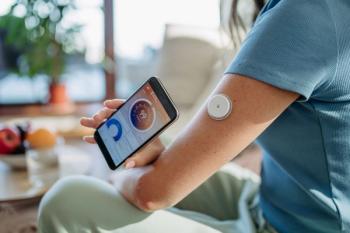
Menopause: a time of elevated cardiovascular risk
When a woman goes through menopause, she is at accelerated risk for cardiovascular disease (CVD), according to the 2020 statement on menopause and CVD risk from the American Heart Association (AHA).
CVD remains the number 1 cause of death among women. The AHA published the first scientific statement in 2020 to discuss the contemporary literature on menopause and CVD risk to raise public awareness of the challenges women face.1 Samar R. El Khoudary, PhD, MPH, BPharm, FAHA, outlined the statement’s key takeaways Wednesday at the North American Menopause Society’s (NAMS) 2021 Annual Meeting.2
Her presentation underlined the significance of the menopause transition as a time of accelerated CVD risk, making it a crucial time for providers to monitor their patients.
The AHA’s statement referred to its definition of optimal cardiovascular health, its Life’s Simple 7 indicators: body mass index (BMI), physical activity, smoking, diet, cholesterol, blood pressure, and fasting glucose.
Menopausal women experience critical changes in body fat distribution, lipids and lipoproteins, and vascular health measures, making Life’s Simple 7 an adequate measure to identify CVD risk.
Khoudary noted that menopausal women experience deterioration in multiple metrics of the AHA’s Life’s Simple 7, putting them at greater risk for CVD later in life. For example, they may experience abnormal cholesterol levels, obesity, insulin resistance, and high blood pressure.
“The current guidelines for CVD management do not recommend hormone therapy, but focus on healthy lifestyle,” she said.
A marker for greater CVD risk, the statement noted, was earlier age at natural menopause. It also noted that the timing of hormone therapy is critical. Initiation at age 60 or under, or within 10 years of menopause, resulted in lower CVD risk.
“More randomized clinical trials of women transitioning through menopause are needed,” Khoudary concluded.
The statement also called for further research into menopause hormone therapy use, including potential contrasts by form, route, and duration of administration, and cardio-metabolic effects.
References
- El Khoudary, S. R. 2021, September 22. 2020 AHA Statement on Menopause and CVD Risk. [Session]. North American Menopause Society 2021 Annual Meeting, Washington, D.C.
- El Khoudary SR, Aggarwal B, Beckie TM, et al. Menopause Transition and Cardiovascular Disease Risk: Implications for Timing of Early Prevention: A Scientific Statement From the American Heart Association. Circulation. 2020;142(25). doi:10.1161/cir.0000000000000912
Newsletter
Get the latest clinical updates, case studies, and expert commentary in obstetric and gynecologic care. Sign up now to stay informed.











